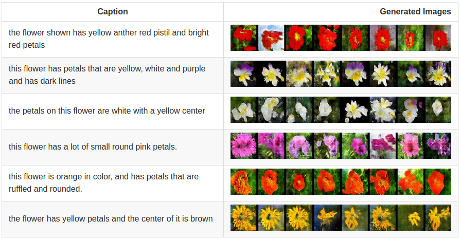Tensors and Their Applications in Graph-Structured Domains by Maximilian Nickel and Volker Tresp. (Slides.)
Along with the slides, you will like abstract and bibliography found at: Machine Learning on Linked Data: Tensors and their Applications in Graph-Structured Domains.
Abstract:
Machine learning has become increasingly important in the context of Linked Data as it is an enabling technology for many important tasks such as link prediction, information retrieval or group detection. The fundamental data structure of Linked Data is a graph. Graphs are also ubiquitous in many other fields of application, such as social networks, bioinformatics or the World Wide Web. Recently, tensor factorizations have emerged as a highly promising approach to machine learning on graph-structured data, showing both scalability and excellent results on benchmark data sets, while matching perfectly to the triple structure of RDF. This tutorial will provide an introduction to tensor factorizations and their applications for machine learning on graphs. By the means of concrete tasks such as link prediction we will discuss several factorization methods in-depth and also provide necessary theoretical background on tensors in general. Emphasis is put on tensor models that are of interest to Linked Data, which will include models that are able to factorize large-scale graphs with millions of entities and known facts or models that can handle the open-world assumption of Linked Data. Furthermore, we will discuss tensor models for temporal and sequential graph data, e.g. to analyze social networks over time.
Devising a system to deal with the heterogeneous nature of linked data.
Just skimming the slides I could see, this looks very promising.
I first saw this in a tweet by Stefano Bertolo.
Update: I just got an email from Maximilian Nickel and he has altered the transition between slides. Working now!
From slide 53 forward is pure gold for topic map purposes.
Heavy sledding but let me give you one statement from the slides that should capture your interest:
Instance matching: Ranking of entities by their similarity in the entity-latent-component space.
Although written about linked data, not limited to linked data.
What is more, Maximilian offers proof that the technique scales!
Complex, configurable, scalable determination of subject identity!
[Update: deleted note about issues with slides, which read: (Slides for ISWC 2012 tutorial, Chrome is your best bet. Even better bet, Chrome on Windows. Chrome on Ubuntu crashed every time I tried to go to slide #15. Windows gets to slide #46 before failing to respond. I have written to inquire about the slides.)]
